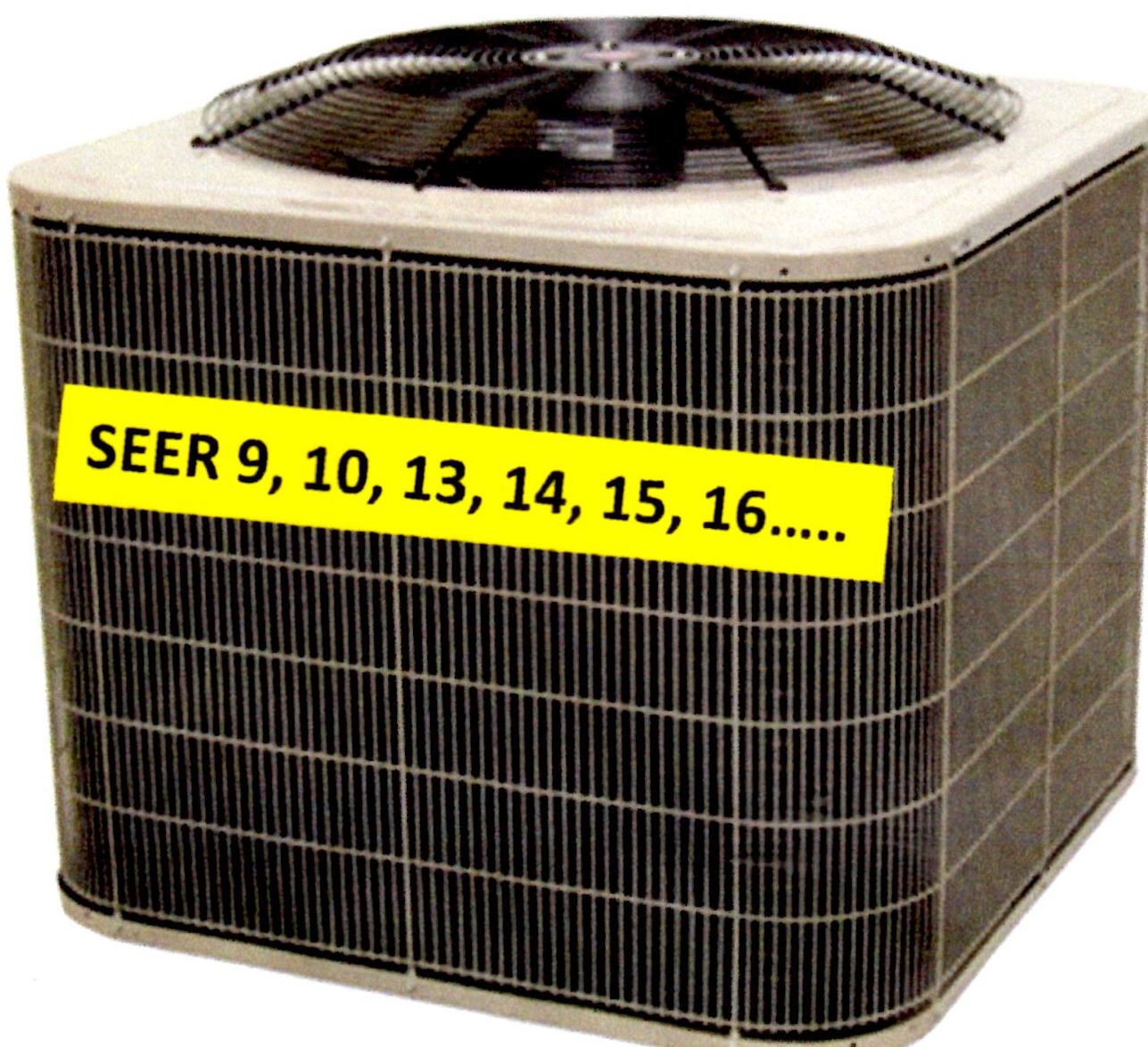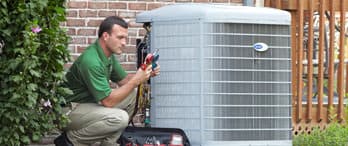SEER stands for Seasonal Energy Efficiency Ratio and applies only to cooling. New air conditioners and heat pumps have SEER values from 13 or 14 through 20+. The seasonal energy efficiency ratio (SEER) measures the relationship of the cooling system output in British Thermal Units (BTUs) and the amount of electric energy it consumes during the same season. Which means, the higher the SEER number, the less electricity or energy your air conditioner or heat pump uses to cool your home. Cooling equipment with a higher SEER is typically more expensive to purchase but it will save you more money on your electric bill.

Keep in mind older air conditioners had SEER numbers as low as 8 with the majority being 9 & 10 SEER. When it’s time to replace, up grading to a 13 (lowest available today) or higher will increase the efficiency dramatically over the old air conditioning system and if you’re looking for more savings, an air source heat pump is a great efficient option since it operates during cooling and heating seasons. TIP: Heat pumps have a HSPF number that stands for Heating Season Performance Factor and if your heating season is dominate over your cooling season, focus more on the HSPF number rather than the SEER and it’s wise to get a heat pump with a HSPF of 8 or higher in this case.
IMPORTANT INFORMATION: SEER ratio number is a maximum ratio, meaning the unit is capable of achieving that efficiency but doesn’t necessarily mean it will ALWAYS operate at its SEER ratio number. There are various factors that contribute to this, like constantly adjusting the thermostat which changes the temperature in your house, the outside temperature and humidity swings throughout the day, and how well the equipment is maintained. These have a direct affect on the unit operating at its maximum potential and you reaping the benefit of savings.




